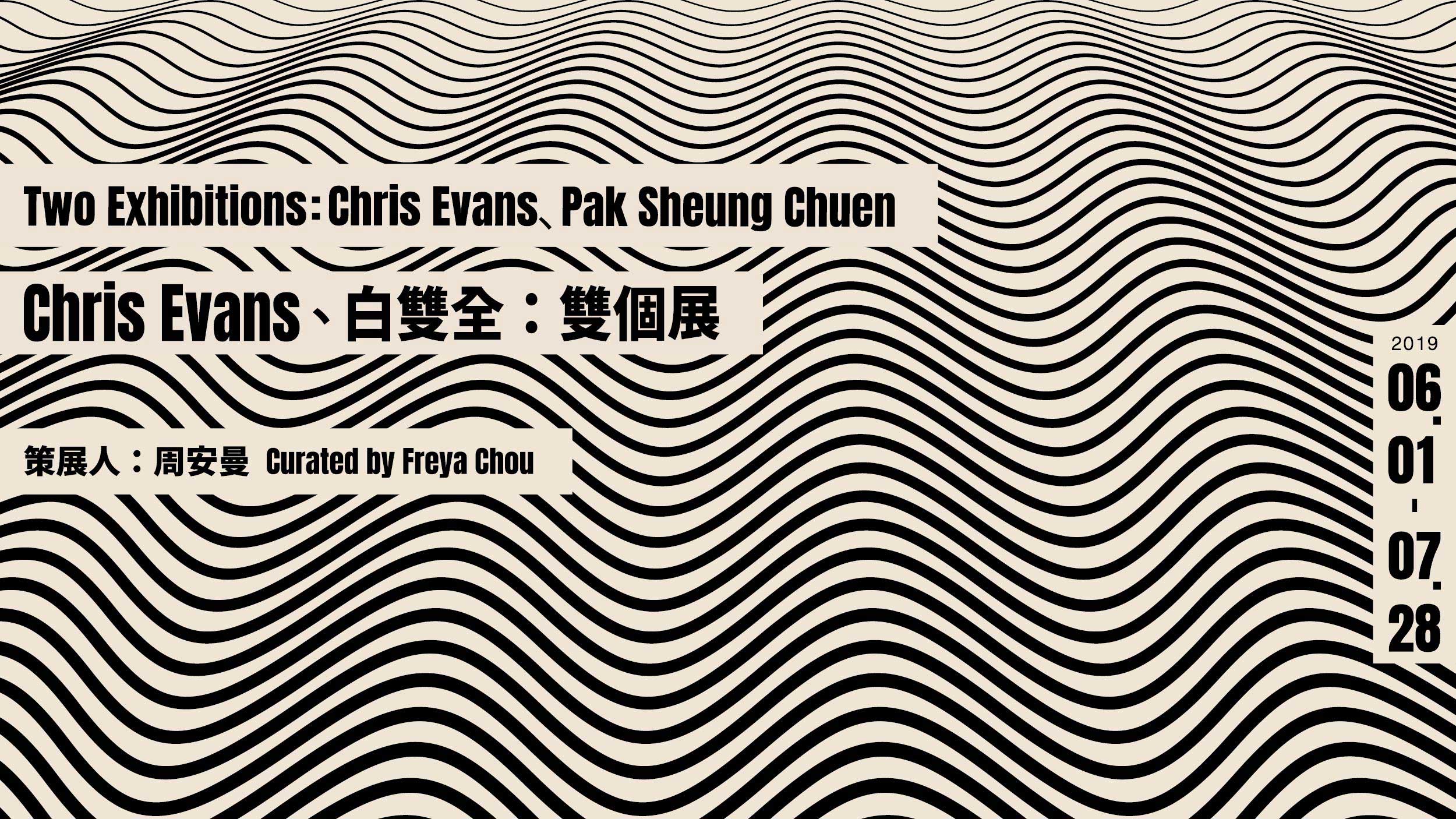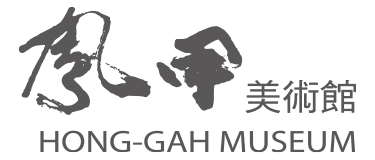BACK
Two Exhibitions: Chris Evans、Pak Sheung Chuen

Hong-gah Museum is pleased to present ‘Chris Evans & Pak Sheung Chuen: Two Exhibitions’ which includes newly commissioned works by both artists. Curated by Freya Chou, the two parallel exhibitions premiered at Para Site in 2017 and this expanded iteration is co-produced by Para Site and Hong-gah Museum.
An audio work, Jingle (Hong-gah museum) by Chris Evans is activated by sensor upon entry and egress and cumulatively proclaims and broadcasts the arrival and departure of each visitor to the exhibition. The artist first asks after a host’s financial stability. If stable, a farmer: if not, then an accountant is asked to mimic non-specific percussive sounds and a bass-line is added. For Hong-gah museum, Evans recorded a Taiwanese farmer.
Along a corridor, an airbrush painting of two worms—that are pondering the difference between two diametrically opposed British tabloids—is forcefully wedged into position by a burnt log. For thirty years, Evans has been repeatedly offering to re-brand Morning Star, a left-wing British newspaper, whose form Evans believes is inappropriate for its purpose. Following a breakdown in collaboration between Evans and Morning Star, an Open Letter (reproduced in the booklet) was sent to the newspaper accompanied by a painting of the two worms. At each iteration of Drippy Etiquette, Evans subscribes the host institution to the tabloid.
Two airbrush paintings by Evans depict Taiwan’s cityscape from the viewpoint of life insurance companies. Whilst this optic heralds on-hand critical associations such as the effect of the regulation and marketing of risk, Evans adulterates this by using both airbrush and the down-market intellectual and aesthetic idiom of the night-to-day transition effect ubiquitous in commercial photography. In doing so Evans confuses the manner in which a cityscape becomes a symbolically desirable image whilst reflecting on the role that an artist is expected to have in relationship to this.
The Museum Owner’s Home Lighting augments the host institution’s lighting and was requested from the founder of Hong-gah museum by Evans. The appliances are placed at intervals throughout the exhibition.
Pak Sheung Chuen entered an aesthetic pilgrimage of self-healing after the failure of the Umbrella Movement in Hong Kong in 2014. The political impasse had plunged Pak into a state of depression that left him devoid of enthusiasm to work. He started attending court proceedings of cases involving political activists who were being prosecuted by the government. Sitting in the courtroom, Pak began making automatic drawings, a subconscious reaction to these cases that became a form of observation transformed into multiple narratives through wallpaper, graffiti, archives, and objects.
In light of this context, the works in the Taipei iteration juxtapose two events. One is the court case of Lam Tse Kin, a member the Democratic Party in Hong Kong who claimed he was kidnapped and tortured by Chinese agents and was charged with misleading police; the other is the disappearances from Causeway Bay Books that took place at the end of 2015. Owing to a cascade of events after five staff members of the bookstore went missing and were detained in China, Lam Wing Kei, the owner of the bookstore, was compelled to raise funds to reopen the bookstore in Taiwan. The funds were withdrawn a few months later, nevertheless, postponing the re-opening of the bookstore indefinitely.
Pak engaged himself in an in-depth conversation with Lam Wing Kei and together revisited the site where Lam was detained, and at the same time regularly attended the court proceedings of Lam Tse Kin. Pak’s observations and encounters with these two individuals were then transformed into a series of furniture as well as drawings and wallpapers, creating a space that is physically inaccessible and psychologically restrained in an attempt to restructure the misconceptions and frustrations that have been encapsulated by the public for so long.
Albeit in divergent ways, both artists often begin their work through conversation with people from various walks of life—for Evans chosen for their symbolic role and for Chuen their particular position and circumstances. Form is adapted to reflect on manifestations of power dynamics between states and individuals and honchos and henchmen, often signaling a precarity that particular ideological positioning can bring in particular contexts. Both artists question how we might both channel and transform our anxieties about political urgencies and imagine structures that foster inclusivity and participation. We can reflect on the efficacy of art’s response to these shared concerns, we can ask how artworks might offer a ‘way out’ or a ‘retreat’. Date|2019.06.01-07.28
Opening|2019.05.31 Fri. 18:00
Curator|Freya Chou

Exhibition view
Exhibition view

Exhibition view
Exhibition view

Exhibition view
Exhibition view

Allianz Life Insurance, Taipei, Day & Night, 2019
Allianz Life Insurance, Taipei, Day & Night, 2019
Chris Evans, Framed airbruch painting on paper 159.2 x 112.4 cm, each

Chubb Life, Taipei, Day & Night, 2019
Chubb Life, Taipei, Day & Night, 2019
Chris Evans, Framed airbruch painting on paper 159.2 x 112.4 cm, each

Exhibition view
Exhibition view
Chris Evans

Exhibition view
Exhibition view
Chris Evans

LKT’s billboard, 2019, 140 x 100 cmLTK
LKT’s billboard, 2019, 140 x 100 cmLTK
Pak Sheung Chuen, Nightmare Wallpaper (KCCC2556-17#4) Landscape within the face, 2019, size variable

Exhibition view
Exhibition view
Pak Sheung Chuen

Left/Manuscripts(LWK190320A): Wormhole, 2019 Right/Manuscripts(LWK190320B):Floorplan-of-8315,2019
Left/Manuscripts(LWK190320A): Wormhole, 2019 Right/Manuscripts(LWK190320B):Floorplan-of-8315,2019
Pak Sheung Chuen

Exhibition view
Exhibition view
Pak Sheung Chuen

Exhibition view
Exhibition view
Pak Sheung Chuen

